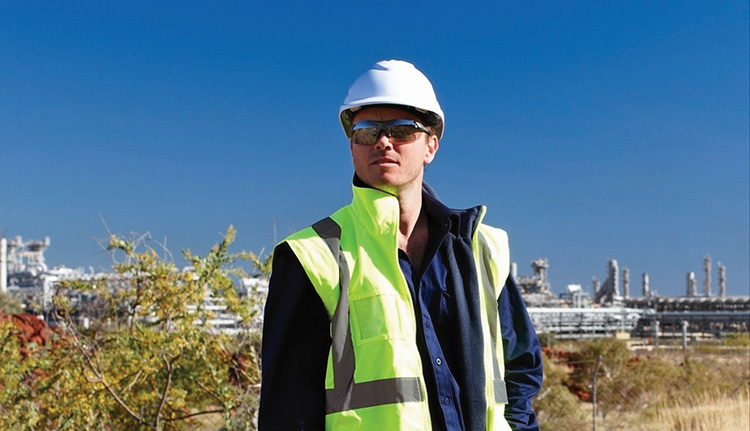
In December 2017, Safe Work Australia (SWA) released a new guide for managing the risks of working in heat.
The guide states that workers will suffer from heat-related illness (conditions including fainting, heat rash, heat cramps, heat exhaustion, and heat stroke) if their body starts to overheat and that a Person Conducting a Business or Undertaking (PCBU) must eliminate or minimise heat stress risks using the Hierarchy of Control, outlined below:
Step 1: Identify the hazard:
To determine if heat is a hazard in your workplace, SWA recommends assessing:
- air temperature
- air flow
- humidity
- radiant heat sources
- work requirements
- the workplace itself
They also encourage involving workers, health and safety representatives and similar businesses facing similar situations.
Step 2: Assess the risk
By analysing the type of work being done, in what environment, and the type of worker performing it, the risk of any identified heat hazards can be assessed.
SWA state that a work analysis should include (but is not limited to) where, when and for how long the work is being performed, if it requires significant concentration and whether there are factors such as performance pay that may stop workers from self-pacing.
When assessing workers, determine how competent they are and if they are fit and/or heat acclimatised, if clothing or PPE impairs evaporative cooling and (while adhering to privacy and discrimination legislation) whether they are taking any drugs, medications or have any health conditions.
Environmental considerations include (but are not limited to) temperatures, air movement or wind, humidity, access to cool fluids and break rooms and availability of other workers or first aiders in case of heat illness. The guide suggests using Workplace Health and Safety Queensland’s heat stress calculator to help determine heat risks.
Step 3: Control the risk
Heat risks must be eliminated where reasonably practical, including by cancelling or rescheduling tasks and setting work-rest schedules, according to SWA.
Work-related controls include (but are not limited to) using machinery and automated equipment, scheduling work for cooler times, modifying work to reduce physical exertion, modifying uniforms and ensuring workers are not alone or are monitored.
Worker-related controls include (but are not limited to) self-pacing and monitoring and heat stress training to educate workers on identifying and reporting heat hazards and heat-related illness. Appropriate first aid procedures should also be taught as should the importance of heat acclimatisation, the appropriate fluids to consume and the dangers of diuretics.
Environment-related controls include (but are not limited to) air conditioning, fans and other methods to increase airflow, shaded break areas, warning signs, cool drinking water and electrolyte solutions.
Step 4: Review the control measures
Once controls are in place, SWA states in their guide that they must be reviewed to ensure they are working as planned and do not introduce new uncontrolled risks. For example, removing PPE to cool a worker down may introduce new hazards such as exposure to chemicals or ultraviolet radiation.